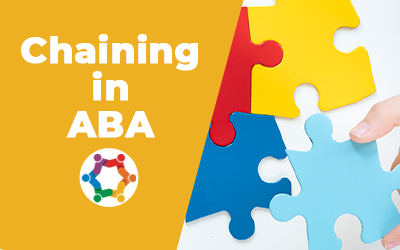The Essential Guide to Utilizing Baseline Data in Skill Acquisition Programs (Part II)
In education and behavior therapy – particularly in Applied Behavior Analysis – the use of baseline data stands as a cornerstone for effective teaching and… Read More »The Essential Guide to Utilizing Baseline Data in Skill Acquisition Programs (Part II)










